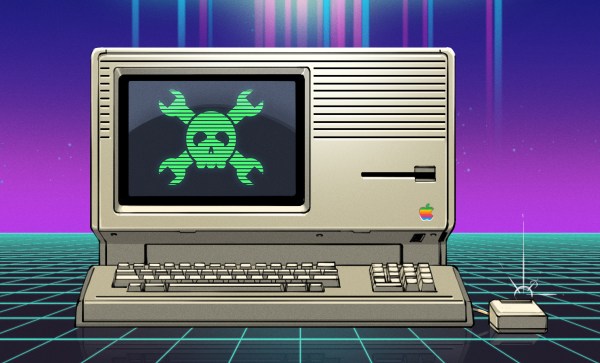As many people have pointed out, what matters with USB-C isn’t just the standard, it’s the implementations. After all, it’s the implementations that we actually have to deal with, and it’s where most of the problems with USB-C arise. There is some fault to the standard, like lack of cable markings from the get-go, but at this point, I’m convinced that the USB-C standard is a lot better than some people think.
I’d like to walk you through a few USB-C implementations in real, open-source, adjacent, and just interesting products. They’re all imperfect in some way – it can’t be otherwise, as they have to deal with the messy real world, where perfection is a rarity.
Today, let’s check out the Pinecil. A soldering iron by Pine64, released a few years ago, keeping the price low and quality high. It sports both a barrel jack and a USB-C port for its power input – a welcome departure from the Miniware iron strategy, where neither the barrel-jack-only TS100 nor the low-power proprietary-tip TS80 irons quite did it. And, given its design around TS100 T12-style tips, it’s no wonder Pinecil took a well-deserved spot in hobbyist world.
Can’t Just Pull The Trigger
Now, you might be thinking that Pinecil ought to be a simple device. The usual way to get high power out of a USB-C port is a Power Delivery (PD) trigger IC, and you could merely use that. However, if you’ve read the USB-C power article, you might remember the 45 W vs 60 W charger scenario, where such an arrangement would fail immediately. Overall, the configurability of trigger ICs is quite low, and when encountering a PD compatibility problem with some PSU, you can’t do anything about it except replace the IC with a slightly-different-logic IC- if a replacement even exists, and it usually does not. This is costly and limiting for a real-world use product. Continue reading “All About USB-C: Pinecil Soldering Iron” →


















